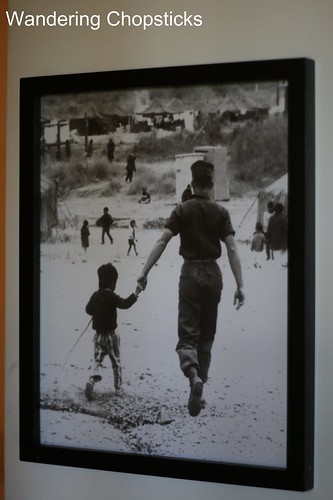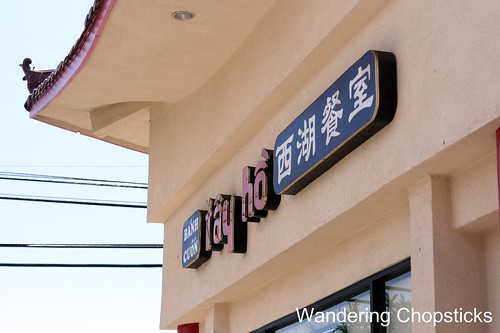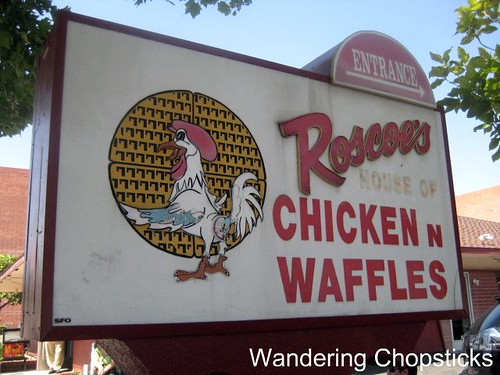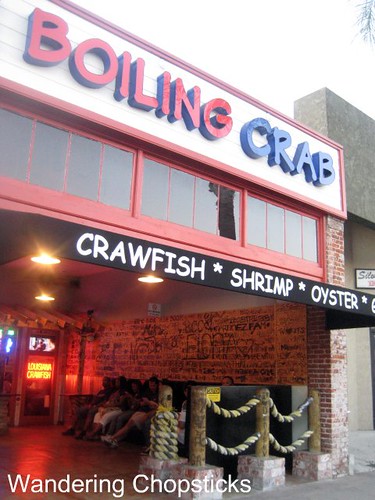After making a quick breakfast of
Feta Cheeseburgers to a wide-eyed oldest nephew who was excited at the prospect of anyone cooking for him, I headed off to Camp Pendleton, the reason why
I went down to San Diego in the first place.
I had a later shift at work that day and had been meaning to check out the "Images at War's End: Refugee and Marine Images from the Col. Waterhouse Collection and Marine Staff Photographs from Camp Pendleton Archives" exhibit before it closes at the end of this month.

Camp Pendleton might not mean much to you unless you're military or Vietnamese-American, in which case, I suggest reading my post on
Little Saigon and Vietnamese American history first to get you acquainted.
On April 28, 1975, General Paul Graham was told that Camp Pendleton was one of four military bases in the United States that would receive and house refugees from Vietnam. The other bases were Fort Chaffee, Arkansas; Eglin Air Force Base, Florida; and Fort Indiantown Gap, Pennsylvania. The refugees were then dispersed across the country, into every state and as many as 813 zip codes.
In 36 hours, the marines worked around the clock to build eight tent cities and to provide water, food, clothing, medicine, electricity, power, and security for the first 18,000 refugees. By October, Camp Pendleton had been home to more than 36,000 refugees.



























